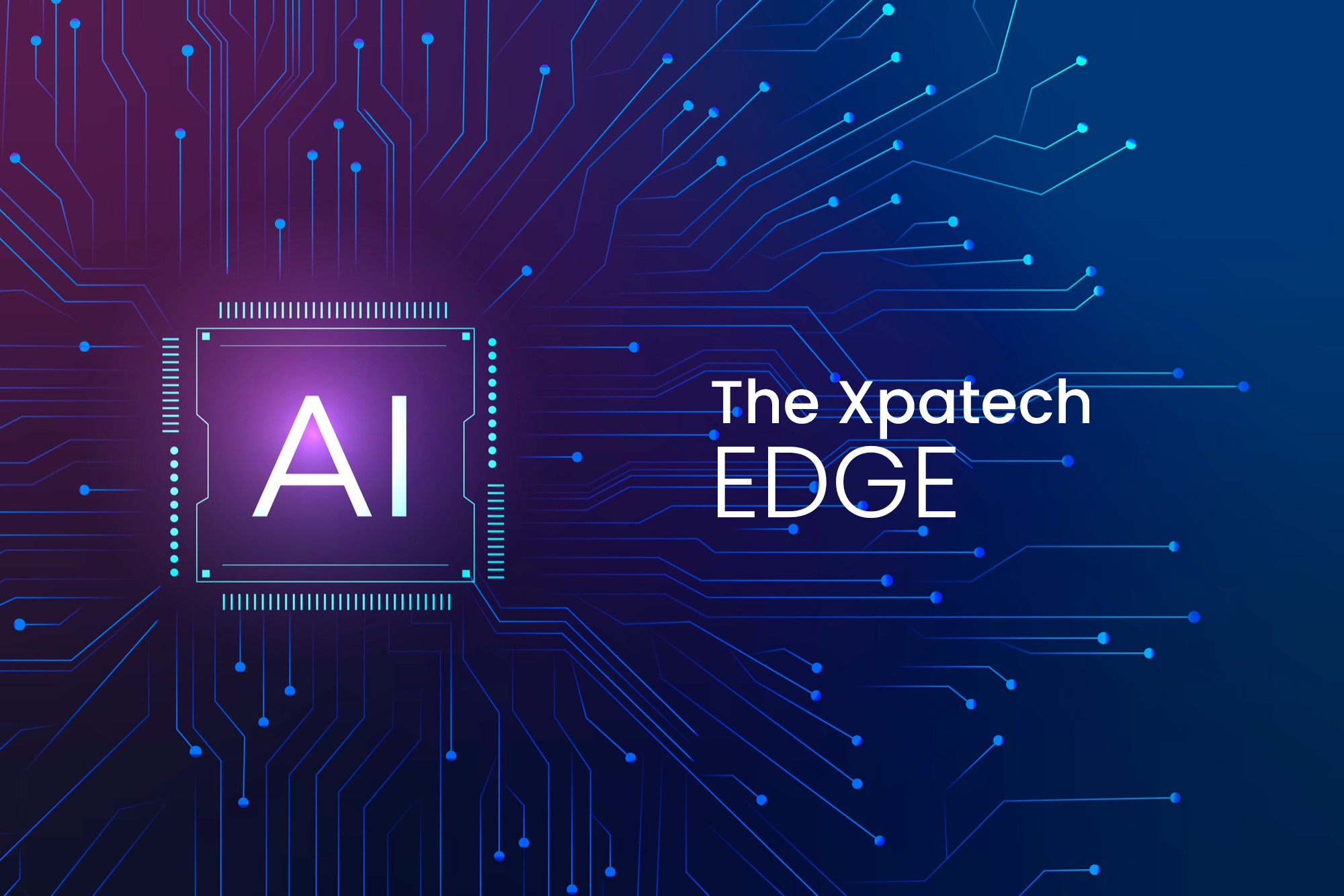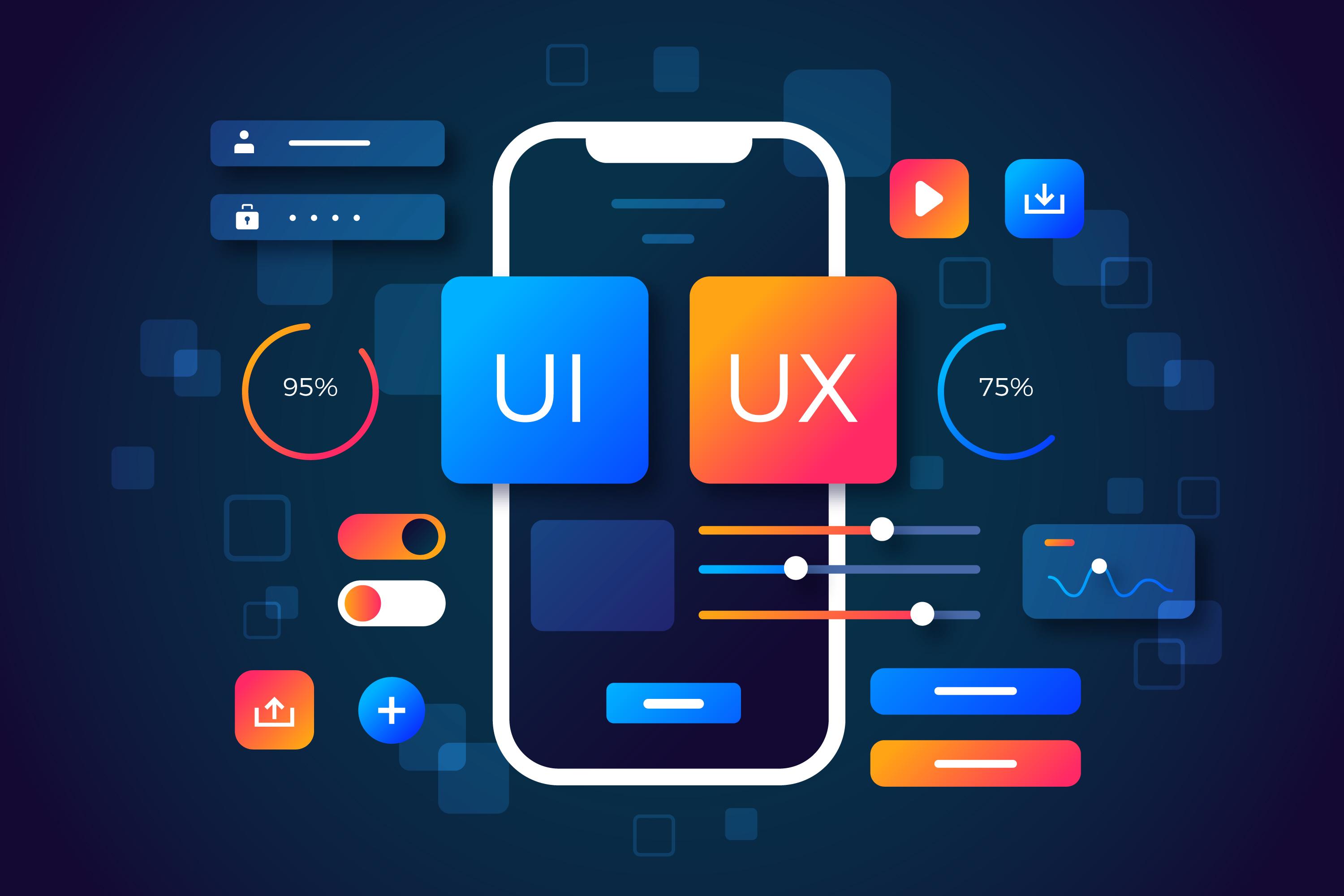In today’s competitive digital world, businesses rely heavily on mobile applications to connect with their audiences. Flutter has become one of the most popular frameworks for developing high-performance, cross-platform apps that deliver a native-like experience. Whether you are a startup or an established enterprise, choosing the right framework is crucial for achieving success in mobile app development.
This guide explores what Flutter app development is, how it works, the frameworks and programming languages involved, and the overall process that drives its success.
What is Flutter App Development?
Flutter is an open-source framework created by Google for building natively compiled mobile, web, and desktop applications from a single codebase. It eliminates the need to write separate code for iOS and Android, making it a cost-effective and efficient solution for businesses.
The main advantage of Flutter lies in its cross-platform compatibility, fast development cycle, and visually rich UI capabilities. By using Flutter, developers can build high-quality mobile app development solutions that deliver smooth performance, consistent design, and fast loading times.
Flutter is powered by the Dart programming language, also developed by Google. Dart provides a modern, object-oriented syntax that allows developers to write efficient, maintainable, and scalable code.
Why Flutter Stands Out in Mobile App Development
Several frameworks exist for app development, but Flutter continues to gain popularity due to its flexibility and robust features. Some key reasons businesses prefer Flutter include:
- Single Codebase for Multiple Platforms
Developers can build applications for Android, iOS, and even the web using one shared codebase, reducing time and development costs. - Hot Reload Feature
Flutter’s “hot reload” allows developers to see real-time updates in the app while coding. This improves productivity and makes experimentation easier. - Native Performance
Unlike other frameworks that rely on web views or bridges, Flutter compiles to native ARM code, resulting in fast performance similar to native applications. - Customizable Widgets
Flutter offers a wide range of customizable widgets that help create stunning and user-friendly interfaces. Every component can be adjusted to match the brand’s look and feel. - Strong Community Support
Backed by Google, Flutter has a large global developer community that contributes plugins, documentation, and technical support, making it a reliable choice for long-term mobile app development.
Programming Language Used in Flutter Development
Flutter is built on Dart, a client-optimized language for developing apps across multiple platforms. Dart offers strong typing, asynchronous programming, and excellent performance. It is easy to learn, especially for developers familiar with languages like JavaScript or Java.
Dart’s compilation into native code helps Flutter applications run smoothly without performance lags. The language also supports just-in-time (JIT) and ahead-of-time (AOT) compilation, offering the best of both speed and efficiency.
The Flutter App Development Process
Developing a mobile app using Flutter follows a structured and strategic process:
- Requirement Analysis
The process begins with understanding the client’s needs, target audience, and desired app functionality. This stage ensures that the development aligns with the business goals. - UI/UX Design
Designers create interactive wireframes and prototypes to visualize the user experience. Flutter’s widget-based system simplifies this stage, ensuring consistent UI design across platforms. - Development
Once the design is finalized, developers begin coding using Dart and Flutter’s rich library of widgets. The “hot reload” feature speeds up development by allowing real-time modifications. - Testing and Quality Assurance
Before deployment, the app undergoes rigorous testing to identify and fix bugs, ensuring smooth performance, fast loading times, and a responsive interface. - Deployment
After successful testing, the app is published on platforms like Google Play Store and Apple App Store. Flutter makes deployment faster due to its unified codebase. - Maintenance and Updates
Post-launch, the app is continuously monitored for performance improvements, feature updates, and security enhancements. Flutter’s modular nature simplifies ongoing maintenance.
Benefits of Using Flutter for Businesses in the UK
Businesses investing in mobile app development in the UK are rapidly adopting Flutter due to its cost efficiency and shorter time-to-market. Startups and enterprises benefit from Flutter’s scalability, enabling them to expand features as their user base grows.
Moreover, with Flutter’s ability to integrate easily with back-end services and APIs, companies can build robust digital platforms to enhance customer engagement and drive conversions.
Conclusion
Flutter has revolutionized how businesses approach cross-platform mobile app development. Its combination of a single codebase, native performance, and expressive UI capabilities makes it a preferred framework for developers and organizations alike.
If you’re looking to transform your digital presence and achieve faster results, investing in Flutter-based mobile app development solutions can help you stand out in a competitive market.
For professional and reliable mobile app development in the UK, Xpatech offers end-to-end solutions that bring your vision to life with innovation, precision, and efficiency.





